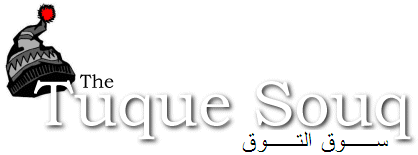Chilika is the largest brackish water lake in Asia, measuring about 1000 square kilometres. The NGO I’ve been working with, PREM, supports development in 153 villages around and nearby the lake, where the population is mostly comprised of Fisher People communities whose social status is essentially equivalent to Dalit (formerly “Untouchables”).
Chilika’s unique composition is a combination of several geographical elements: siltation from the Daya River and others (more than 30 streams and rivers feed the lake) provides a nutrient-rich clay from the highlands; the catchment area is nourished by mineral-rich bedrock, coral and seashells; and the entire span of the lake essentially mud banks such that in most places the water is no deeper than 3 feet in the dry season, 10 feet during monsoon.
Chilika is renowned for prawn farming, migratory birds and dolphins. On a sweltering day just before monsoon in June, we arrived at the southern terminus of the Chilika ferry (a 1.5km, half-hour journey) just in time to see the boat depart. While waiting an hour for its return, the skies opened up with force, sending would-be passengers diving into betel-nut huts, but otherwise not interrupting the daily routine of the lake men and women.
Click here to view the full photo gallery.
Chilika’s unique composition is a combination of several geographical elements: siltation from the Daya River and others (more than 30 streams and rivers feed the lake) provides a nutrient-rich clay from the highlands; the catchment area is nourished by mineral-rich bedrock, coral and seashells; and the entire span of the lake essentially mud banks such that in most places the water is no deeper than 3 feet in the dry season, 10 feet during monsoon.
Chilika is renowned for prawn farming, migratory birds and dolphins. On a sweltering day just before monsoon in June, we arrived at the southern terminus of the Chilika ferry (a 1.5km, half-hour journey) just in time to see the boat depart. While waiting an hour for its return, the skies opened up with force, sending would-be passengers diving into betel-nut huts, but otherwise not interrupting the daily routine of the lake men and women.
Click here to view the full photo gallery.



No comments:
Post a Comment